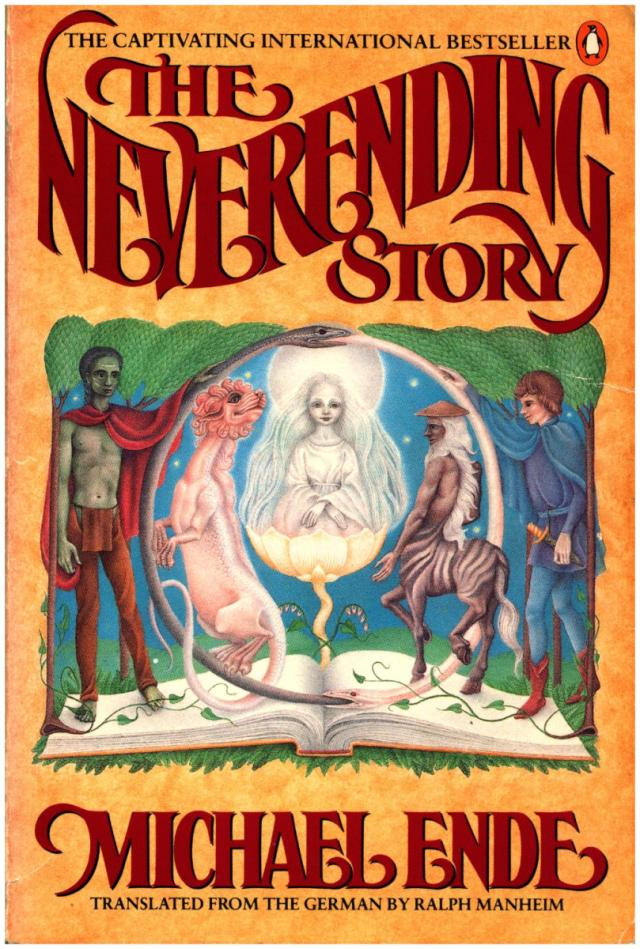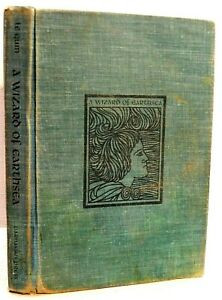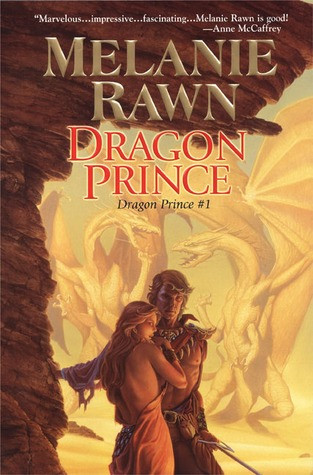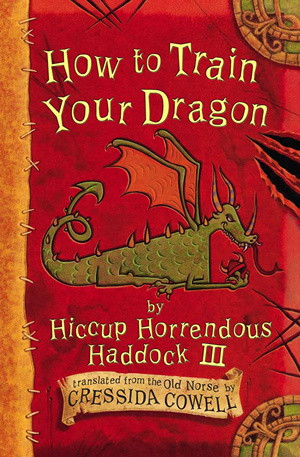These huge lizardy monsters are part of every mythology on the planet. At times described as feathered serpents (as in the Aztec god Quetzatcoatl), at times having pearly bodies, dancing in the sky among the clouds (as presented in many traditional Chinese folktales), at times described as cunning beasts with wriggling bodies, membranous winds and skin as thick as armor (as they are most traditionally presented in Nordic myths), dragons are part of our collective culture and tales.
In tales from Europe, dragon are fire-breathing beats, that guard hoards of treasure with incomparable jealousy and greed, a trait that has made them the essential big beast of fantasy fiction, ranging from the hideous worm-like creatures of medieval romance to the loyal and helpful, almost cuddly, companions of such recent novels as Michael Ende's The Neverending Story (1979).
Interestingly, until very recently and with the exception of stories where dragons are bewitched humans, in western literature, dragons are creatures that seem to exist essentially to be killed—by heroes, by angry mobs, by soon to be kings and queens, even by dwarfs and hobbits. From the ancient legends of Perseus, transformed by the arrival of Christianity, to be chased and defeated by St. George, and onward, slaughter has been dragon's common fate.
Modern Fantasy has been quite varied in its use of dragons. Among the works that have used them most memorably are J.R.R. Tolkien's The Hobbit (1937), where Bilbo must confront the dragon Smaug.
Ursula K. Le Guin's A Wizard of Earth Sea (1968) and in fact the entire of the Earthsea Saga, where dragons are wise, born from and keepers of the True Speech, the language that made the world.
Gordon R. Dickinson's The Dragon and The George, where a modern scientist projects his consciousness of into the body of a humorous dragon to find his missing fiance.
Melanie Rawn's Dragon Prince (1988), where the dragons are tamed.
Dragons had also invade children's literature, from Cressida Cowell's How to Train Your Dragon (2003), where a Viking boy learns what makes a dragon tick, to Christopher Paolini's Eragon (2001), where dragons imprint on Elves and Humans to become inseparable companions and fight for justice.
Outside literature, dragons are among the most popular and enduring of the world's mythical creatures. We don;t know exactly when or where stories of dragons first emerged. However, enormous flying serpents are described in ancient Sumerian texts, and thousand-of-years old records exist depicting dragon-like creatures all over Europe, Asian and the Americas. It seems that whether inspired by living beast, fossils, and /or our instinctive fear of reptiles, as humans moved around the planet, discovering new places and settling down, the huge winged lizards moved along with them crowding their imaginations and stories.
However, with the arrival of Christianity, dragons as an important element of indigenous mythologies, were assimilated, taking on a decidedly sinister interpretation, associated with the Serpent in Paradise and the Original Sin, they came to represent Satan.
All through Europe, in medieval times those who couldn't read (which was most of the people) got whatever the knew about dragons from their local church, hence from the Bible. It's likely that at that time most Christians believed in the literal existence of dragons. From the massive Leviathan described in detail in the Book of Job, chapter 41:
"Its back has rows of shields tightly sealed together; each is so close to the next that no air can pass between. They are joined fast to one another; they cling together and cannot be parted. Its snorting throws out flashes of light; its eyes are like the rays of dawn. Flames stream from its mouth; sparks of fire shoot out. Smoke pours from its nostrils as from a boiling pot over burning reeds. Its breath sets coals ablaze, and flames dart from its mouth."
To the one beast killed by St. George. The legend of Saint George and the Dragon—clearly a narrative with pre-Christian origins in legends such as Jason and Medea and Perseus and Andromeda—describes the real-life St George (who died ca. 300) taming and slaying a dragon that demanded human sacrifices and thereby rescuing the princess chosen as the next offering.
Nonetheless, is important to understand that part of the success of these myths comes from the fact that the belief in dragons was based not just in legend but also in what it was for millennia considered as hard evidence of their existence: Fossils. Before we understood extinction and evolution as part of Earth's history, one really knew what to make of the giant bones that were occasionally unearthed around the globe. Flying serpents of gigantic proportions, capable of hiding from view but also powerful were creatures that seems to fit the evidence at hand, so it was easy for early humans to turn dinosaurs and many other species into dragons.
References:
-Pringle, D. (Ed). 2006. The Ultimate Encyclopedia of Fantasy. Carlton.



